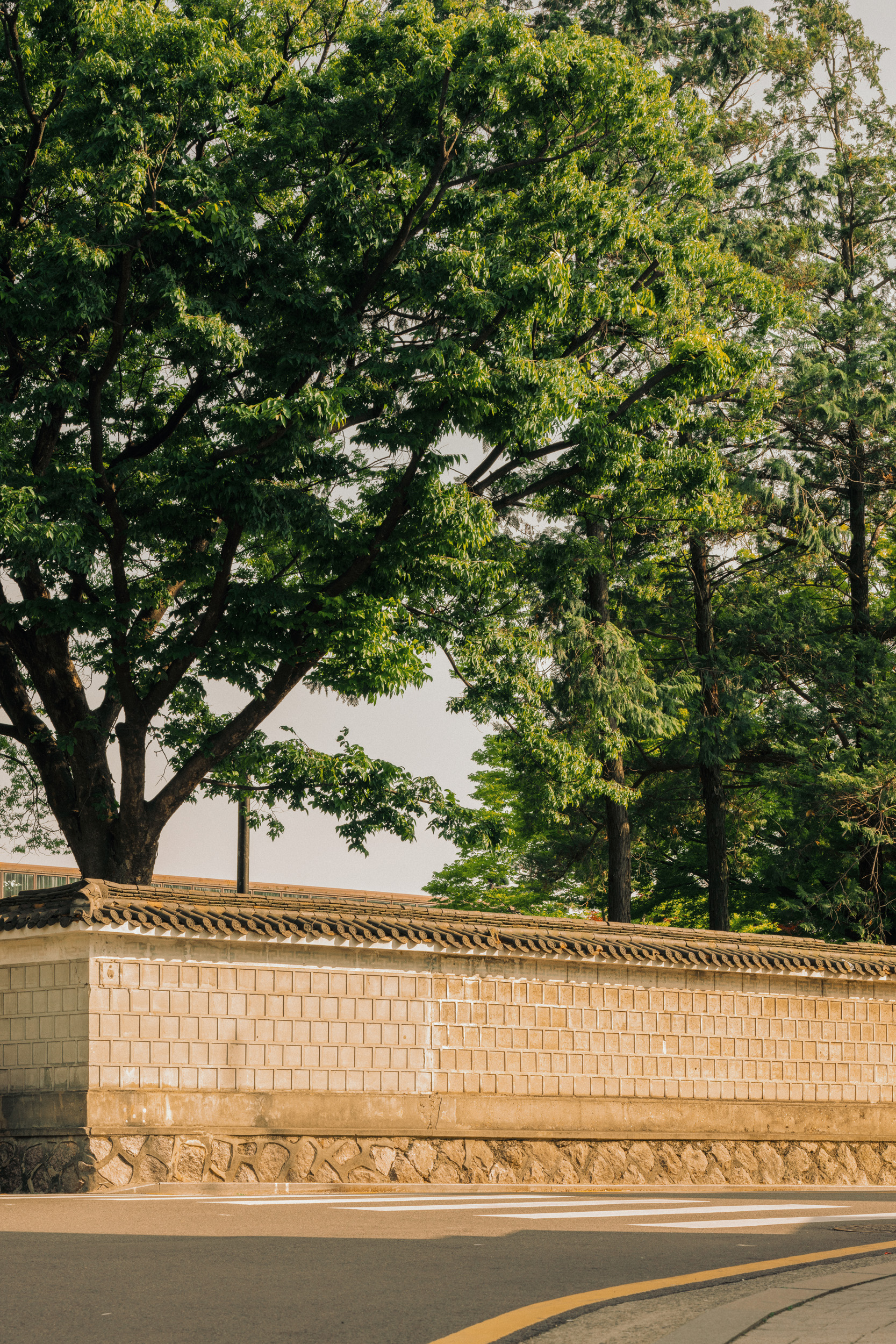
Photo: Park Chan Woo
서울시티가이드 Seoul City Guide

소개
Introduction
Seoul is having a moment. Over the past few decades, this sprawling city of nearly 10 million people—or, if you include its greater metropolitan area, half of South Korea’s population of 52 million—has experienced a remarkable transformation. After being ravaged by the Korean War and then reshaped by rapid urbanization, the South Korean capital has emerged in the 21st century as an innovative hub for the arts; a place imbued with a creative energy that’s palpable in everything from its contemporary architecture and concept stores to its thriving specialty coffee scene. Yet as Seoul continues to change, it remains mindful of its past, restoring ancient palaces and conserving its historic buildings to create a fascinating juxtaposition of old and new that’s set, as it always has been, on the banks of the Han river and against a backdrop of untouched mountains.
Seoul’s recent boom reflects South Korea’s rise as a cultural powerhouse. For decades, the country had been in the shadow of its more influential neighbors, Japan and China. Yet the nation’s newfound economic prosperity in the 1990s brought increased investment to its entertainment industry, planting the seed for what came to be known as the “Korean Wave.” Having first found success in Asia for their resonant themes and storytelling, Korean dramas and pop music (K-drama and K-pop) have gained significant momentum within the last decade, transcending language barriers to bring worldwide recognition (and wildly enthusiastic fans) to bands including BTS and Blackpink, TV shows like Squid Game and movies such as the Oscar-winning Parasite.
The international success of Korean culture reflects the outward-facing optimism and creative energy of modern-day South Korea, but there is still a memory of a less prosperous time. Many people reflect on a divide between the generation who grew up during the Korean Wave and those who experienced the hardships of the previous century. The brutal occupation of the Korean Peninsula by Imperial Japan, where Korean culture was systematically oppressed, was followed by the Korean War (1950–1953), which left Korea divided in two and among the poorest places on Earth. In 1987, after decades of dictatorship and economic hardship, South Korea became a democracy again and experienced what has come to be called “the Miracle on the Han River.” The rapid economic development transformed the country from being a recipient of aid to a donor nation in just a few decades. It now ranks among the world’s richest countries.
All this can be read in the fabric of Seoul—in the restoration of the opulent Gyeongbokgung Palace that was destroyed by the Japanese and replaced with a since-demolished government building; in the bustling international neighborhood of Itaewon, shaped by the influence of the neighboring US military base; and in the rows of identical high-rise apartment blocks, built in response to the city’s rapid growth and differentiated only by a three-digit number on their side. But these historic layers now intersect with dynamic shopping and leisure districts that are transforming former industrial areas and the experimental contemporary architecture of art galleries, luxury brands and Zaha Hadid, the late British-Iraqi architect who designed the amorphous form of the Dongdaemun Design Plaza.
The city is home to some of the most important galleries in Asia—not to mention the Asian base of many leading European and American galleries—and in 2022, the art fair Frieze launched in the capital. Equally vibrant is its gastronomy scene: The Michelin Guide published its first edition on the city in 2017, reflecting its emerging importance as a center of creative fine dining, and efforts are underway to have the traditional Korean rice wine makgeolli, which has been rediscovered and renewed by Seoul’s bars and breweries, listed as a UNESCO Intangible Cultural Heritage. It’s a spirit of innovation that’s also evident in the city’s café culture, characterized by high-quality coffee, playful design and increasingly eccentric pastries.
Seoul is surprisingly livable, given its size. It remains possible to eat and drink out without prohibitive prices, and the transportation system is efficient and easy to use. Nature, in this fast-paced, 24-hour city, is never far away; the mountains, a striking presence on the skyline, are easily accessible via bus or subway.
The conveniences and contradictions of life in Seoul reflect the generational shifts reshaping the city. While deeply rooted traditions and a conservative social fabric remain, the dynamic youth are challenging these norms and driving change, advocating for greater equality and diversity, and catalyzing Seoul’s evolution into a metropolis with an increasingly global outlook.
The pace of change in the city—the result of decades of hard work and innovation—is showing no signs of slowing down and there are ambitious plans to grow its international renown. For now, though, Seoul offers quite enough for the curious, engaged traveler to explore.
EXPLORE MORE
Ten Cafés in Seoul
Where to Shop in Seoul
Things to See and Do in Seoul
Eating and Drinking in Seoul
Five Seoul Neighborhoods to Explore
How to Run in Seoul
Three Places to Stay in Seoul



